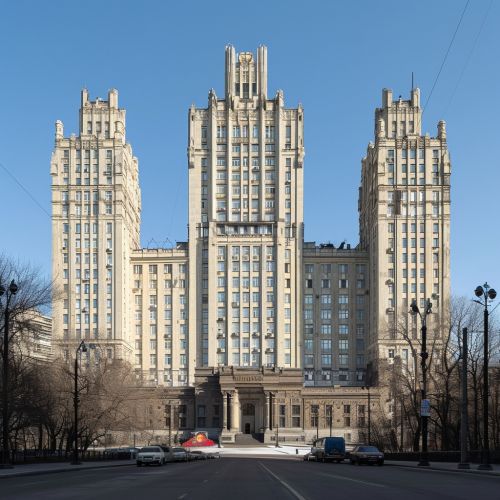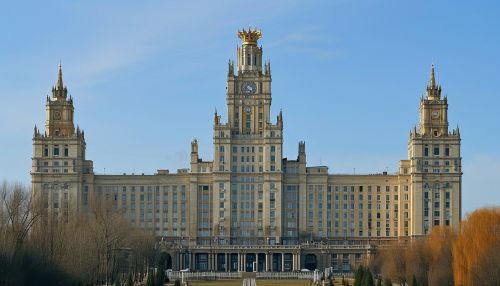Supreme Soviet of the Soviet Union
History
The Supreme Soviet was the highest legislative body in the USSR and the only one with the power to pass constitutional amendments. It elected the Presidium, formed the Supreme Court, and appointed the Procurator General of the USSR. It was established by the 1936 Constitution, also known as the Stalin Constitution, and was replaced by the Congress of People's Deputies in 1989.


Structure and Functioning
The Supreme Soviet was bicameral, consisting of two chambers, the Soviet of the Union and the Soviet of Nationalities, each with equal rights and powers, with members elected for four-year terms. The Soviet of the Union represented the country's population with one deputy for every 300,000 people, while the Soviet of Nationalities represented the populations of the various nationalities - with 32 deputies from each Union Republic, 11 from each Autonomous Republic, five from each Autonomous Region, and one from each Autonomous Area.
Powers and Duties
The Supreme Soviet was responsible for all legislative functions within the Soviet Union. It had the authority to deal with all matters of state, including the determination of the general line of the development of the Soviet socialist state, the direction of domestic and foreign policy, the defense of the socialist homeland and the strengthening of the socialist system.
Criticism and Limitations
Despite its formal powers, the Supreme Soviet was often criticized as a rubber stamp institution, due to its tendency to approve decisions already made by the top leadership of the Communist Party. Critics argued that the Supreme Soviet was essentially powerless and was used merely to give a veneer of legitimacy to decisions made by the Party.
Dissolution
The Supreme Soviet was dissolved in 1989, replaced by the Congress of People's Deputies. This marked a significant change in the political system of the Soviet Union, as the new Congress was designed to be more representative and to play a greater role in the governance of the country.
